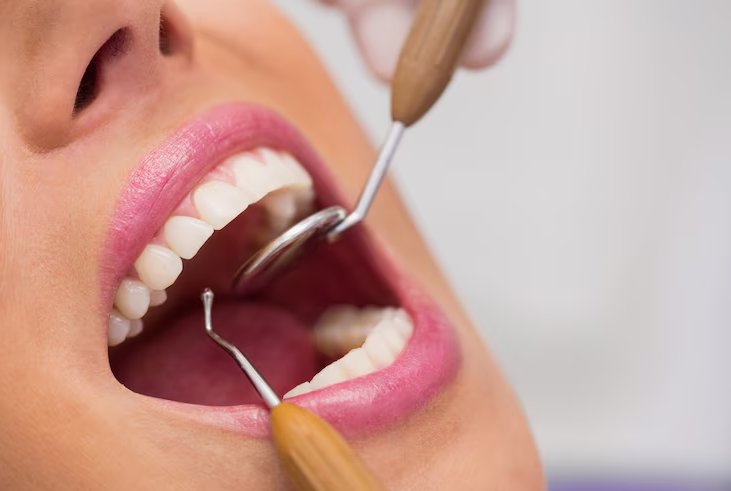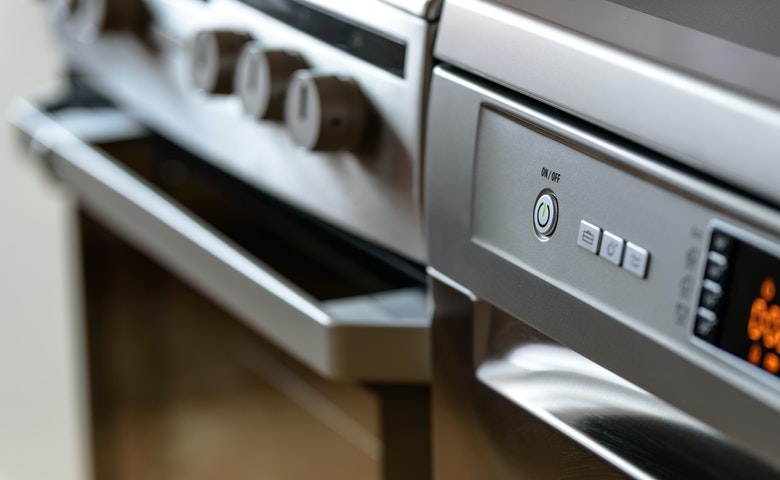State of Oral Health in Australia – Challenges and Opportunities

Although an important part of wellness, oral health is a primary concern to many Australians. Advances in dentistry and dental software have made better improvements in the practice but have yet to remove the challenges posed as access and affordability still prove a barrier. This article reviews the oral health status in Australia and the major barriers it faces as well as the chances of improvement.
The Current Oral Health in Australia
That is to say, a relatively high level of oral health care exists within Australia, and many citizens are benefiting from the modern preventive and curative measures available. But several statistics point out unhappy trends. For example, the Australian Institute of Health and Welfare (AIHW) found that near half of the Australians aged 15 years and above said they had dental decay, whereas one out of four children had tooth decay that was not treated. Gum disease is still very wide spread in most cases, especially among those aged over 60 and those who come from socioeconomically disturbed backgrounds.
Australia has a mix of public and private dental services, but affordability remains a major challenge in its access. While patients are often denied the opportunity to have affordable services, the long waiting times at public dental services will cause harm to a number of the people—especially those in rural and remote areas—who would need swift procedures. On the contrary, patients with insurance and excellent wages may go allowed from the confirmatory assessment onward, while patients who are really in dire need have hopelessly high out-of-pocket expenses.
Challenges in Australian Oral Health
1. Access to affordable dental care is limited
Limited affordability in accessing dental care is one major concern that has been raised in the theme of most programs focusing on oral health in Australia. Public dental clinics exist to provide essential services, just not enough of them, which leads to prolonged waiting. Some patients may wait even into months or years to have non-emergency dental procedures completed.
Private dental care is so costly that few people can afford it. A large proportion of Australians are uninsured, so it becomes very expensive to obtain regular check-ups and treatments. Some people postpone or do not even go at all for dental visits due to the high cost involved and thus end up suffering from more severe problems which would then be expensive to treat.
2. Geographic Inequalities of Dental Services
The above-mentioned trends in access to dental services poorly distribute themselves within Australia. Most cities are well served by dental clinics, whereas rural and remote areas may find it hard to reach the few qualified professionals. This means that the people living in these areas will have long travel times to just have a routine check-up or even just a tiny emergency intervention.
An option to remedy this is through innovations such as mobile dental clinics and telehealth services, as more financial support still needs to be drawn in before such solutions can be mainstreamed effectively.
3. Rising Incidence in Tooth Decay and Gum Disease
Surprisingly enough, despite the best public health campaigns encouraging good practice of hygiene in the mouth, tooth decay and gum diseases continue to haunt a number of Australians. Simply put, it is both eating habits and sugar intake limited with lack of proper oral hygiene that feeds into that. Smoking, as well as high consumption of alcohol, influenced closely cause greater detriment affecting the oral health and therefore providing predictability toward increased gum diseases and cancers in the oral cavity.
4. The Shortage of Workforce
Australia has ongoing shortages of dentists, particularly in regional and rural parts. The absence of requisite personnel such as qualified dentists, dental hygienists, and specialists also restricts its ability to offer comprehensive care throughout the nation. The way through it is to improve investment in education of the field and their incentives to go work in some of these areas.
Opportunities for Improvement
1. Innovations in Restorative Dentistry
Restorative dentistry has been making strides in Australia in patient outcomes. State-of-the-art restorative materials as well as various techniques for restoring teeth, including ceramic and composite resin restorations, have considerably lifted aesthetic quality as well as durability. Same-day crowns, for example, can be manufactured by CAD/CAM technology, this allows patients to get restorations of high quality in one visit, saving time and also in making the process more convenient. Adoption of other minimally invasive measures such as adhesive dentistry and bioactive materials contributes greatly towards the preservation of more natural tooth structures while ensuring the future health of the mouth. As these technologies continue to evolve, more Australians will benefit from effective and efficient restorative dental care.
Technology in restorative dentistry has evolved promptly, improving the quality and sustainability of procedures like crowns, bridges, & dental implants. Biomaterials are substances have improved the process for making precise and long-lasting restorations for patients by enabling 3D printing.
2. The Contribution of Dental Software to Enhanced Care
The introduction of a practical dental software into clinical practice will eventually change the way dental care is provided in Australia. With digital tools, electronic health records (EHRs), it becomes easier for employees to manage a patient without incurring human errors in record documentation and appointment scheduling.
Increased early detection of oral diseases is due to AI-empowered diagnostic tools. For example, dental imagery can be interpreted through AI algorithms, detecting the presence of cavities, gum disease, and to a certain extent, traces of oral cancers. By providing more accurate diagnoses, these technologies improve treatment plans that dentists provide to patients.
Government preventive endeavors such as school dental check-ups to floridization move critically to upgrading the oral health outcome. Their extension will avail the possibility to instill good oral hygiene practices early in life and will contribute to lowering the tendency toward tooth decay and gum disease.
3. Policy Reforms to Improve Access and Affordability
Affordability issues would need policy reforms by increasing government funding for public dental services and extra subsidies for private care. A further step toward making dental care accessible for all Australians would be to expand Medicare dental coverage to include essential services.
Moreover, financial string incentives for professional development opportunities among dentists could entice them to serve and help on underserved areas to fill the gap of accessibility.
The latest innovations in dental software and restorative dentistry, as well as alterations to legislation and public health campaigns, offer an accurate ray of hope. Therefore, Australia will ensure that all of its residents have simple access to high-quality oral health care by treating these issues up front, this will improve their general health and standard of life.














